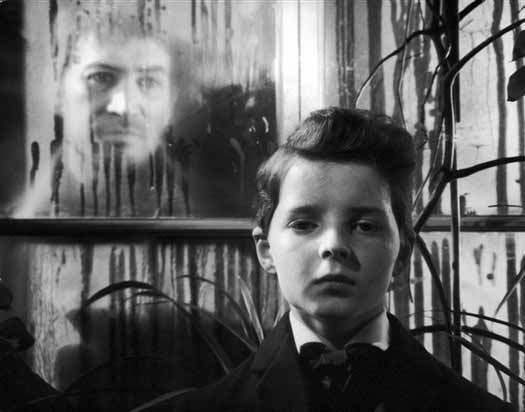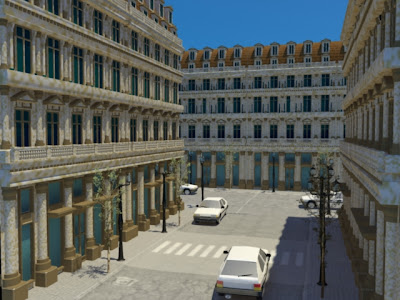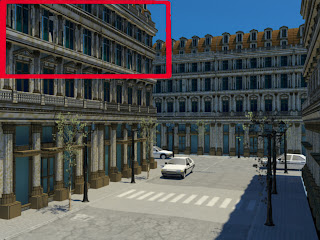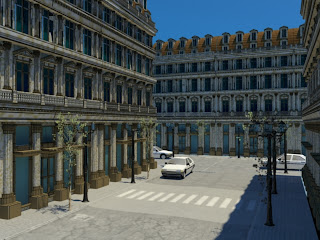Picnic at Hanging rock is an Australian, drama, horror, mystery and thriller film directed by Peter Weir. The film tells the tale of how three students and a teacher went missing after having a picnic at the infamous Hanging rock in Victoria, on Valentine’s Day 1900.
 |
| Film Cover |
The film, focussing on a group of students in a girl’s boarding school went with their teachers on Valentine’s Day to have picnic at Hanging Rock. Being apparently based on a “true story” the area is known for sudden disappearances of people which leave mysteries unsolved. The girls and the teacher suddenly disappear out of trace and the search for the girls goes on.
The film mostly focuses the idea of innocent girls and their sexuality as well as some symbolisms of colours and objects. Examples of this would be several characters dressed in red, either symbolizing death or the girls being virgins. The time is hinted from time to time with the clocks stopping at 12 o’clock which this may reflect on one of the character’s dialogues, “Everything begins and ends at the same time.” The strange idea of having Sara not to go to picnic with the request by Mrs Appleyard could hint the fact that Mrs Appleyard is being the evil one and only picks on Sara, as mentioned by “Quite arbitrarily one of the girls is prevented from going on the picnic. Why? The only explanation is that the head mistress. Mrs Appleyard is a monster.” (Canby, 1979) Another thing that appeared quite often as well were swans that could maybe represent the missing girl's innocence or perhaps they've died and may have re incarnated into them?
 |
| The girls before their disappearence and the symbolism of colours. |
The sounds of pan pipes and drones are often played in the film to create tension and mystery. The plot are sometimes set in almost a non-chronologically narrative that leaves the viewers’ questions unanswered such as what happened to the girl who was found alive a week later? “That he also refuses to answer the questions the film presses upon us is a tactical risk, but it works because he is not setting it up as a straightforward narrative. He is playing with themes and images, and only elusively with a plot.” (Nathan, 2008) Weir does this successfully made this by having tensional music along with various shots of clips of nature and the Hanging rock’s animal inhabitants.
The setting of the film, mainly set in the aboriginal plains of Australia and in the girls boarding school, the Hanging rock area is like as if it has a life of its own, as if it has faces carved into the rocks, watching people who enters its territory, “Aborigines might speculate that the rock was alive in some way -- that it swallowed these outsiders and kept its silence. As Russell Boyd's camera examines the rock in lush and intimate detail -- its snakes and lizards, its birds and flowers -- certain shots seem to suggest faces in the rock, as if the visitors are being watched” ( Ebert, 1998)
 |
| The Hanging Rock which looks like it has faces makes the setting and characters look intimidating |
List of illustrations:
Roberts, C (2007) Film Cover (online):
Weir, P (1975) The Hanging Rock which looks like it has faces makes the setting and characters look intimidating. (online):
Bibliography:
Nathan, I (2008) Picnic at Hanging Rock (online):
Ebert, R (1998) Picnic at Hanging Rock (1975) (online):


 This image is pretty much "moden technology" looking back at the old, through a "time portal". The outside of the frame is sci-fi like with the insides set in victorian era, with stuffed animals on the walls. I've also included an image of an old figure only zombie-fied giving this creepish look. Still more thumbs to come!!
This image is pretty much "moden technology" looking back at the old, through a "time portal". The outside of the frame is sci-fi like with the insides set in victorian era, with stuffed animals on the walls. I've also included an image of an old figure only zombie-fied giving this creepish look. Still more thumbs to come!! 













































